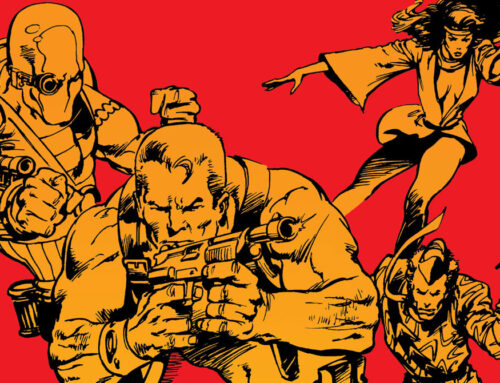Throughout high school and college English classes, we would spend countless hours reading works of classic literature and meticulously picking through them to find their hidden meaning. We wrote papers and gave detailed analyses of the themes and symbolism, metaphor and allegory, and all the subtext buried by the author for the reader to discover. But sometimes I wondered if what we were finding was actually there. Because the more you dissect a work there is a possibility that you are placing upon it a level of intentionality that is not actually present.
Did Melville intend the ivory in Ahab’s peg leg to represent his pride and hubris? Or did Melville simply add a random detail to make a description more interesting?
Did Fitzgerald intend for the color green in The Great Gatsby to symbolize the amassing of wealth? Or was Fitzgerald just using color to enhance the atmosphere and mood?
Did Edith Warton intend for the sled in Ethan Frome to represent freedom? Or was Warton simply writing the most tedious and dull novel in the English language and happened to stumble upon something interesting?
This is the problem that we as critics run into – placing meaning onto a thing that isn’t necessarily purposeful in order to give a couple of old podcasters something to talk about for an hour or so.
Which leads me to the Smurfs.
In the late 50s, the Belgian illustrator and writer Pierre Culliford, known by his pen name Peyo, created some side characters in his comic series Johan and Peewit. These characters proved so popular that a spinoff comic was created to follow the adventures of these colorful creatures that even included their own language. And by language I mean one word used over and over again to mean literally anything, and by colorful I mean blue. The Smurfs had arrived.
And it wasn’t long before these little gnome-like critters went from being popular to being a worldwide phenomenon. And I think that is in part because Peyo included in his stories experiences and ideas from his own life. This was a man who lived through war, whose country was invaded and occupied by Nazis, and whose country was going through massive political and social upheaval. And bits of these experiences made their way into the stories giving them a much richer texture than the typical comic aimed at children.
Now make no mistake these are children’s comics, full of puns and wordplay, sight gags and slapstick comedy. All of the political and social commentary are depicted with varying levels of subtly and could be ignored or outright missed in some cases – but it’s there.
Again, I want to emphasize that these are really fun stories. They are humorous and cute vignettes intended for children and meant to entertain and make you laugh. And it does this incredibly well. With Marx-Brothers-like comedy beats and ever-increasing frantic situations that explode into absurdity. And it is depicted in a crisp, clean really adorable way.
Now, did Peyo intend for Smufette to be an allegory for sexual politics in the 1960s? Was King Smurf a commentary on the problems of monarchy in the modern world? Was he trying to talk about the problems of immigration or the spread of disease in post-war Europe? Or the false dichotomy of arbitrary borders and linguistic preferences that cause people to make enemies of others for no reason other than to embolden one’s misguided sense of self?
Maybe. Probably. Perhaps not. Who knows?
And this brings me back to the idea of intentionality. A good writer, whether intentionally or not, can imbue a story with meaning and symbolism far beyond its original intent. It doesn’t matter if you are Melville, Fitzgerald, Wharton, and yes…even Peyo. A talented writer will consciously or subconsciously place themes and metaphors drawn from their own experiences into a story, enriching the narrative and making a good story great, and a frivolous kid’s comic into something quite extraordinary.
This article originally appeared as the introduction to episode 111: The Smurfs.
The Collected Edition is a comic book podcast where the hosts discuss the famous and infamous runs and story arcs throughout the history of comics. Please subscribe to the show on Apple Podcasts, Sticher, IHeartRadio, and Spotify.














Leave A Comment